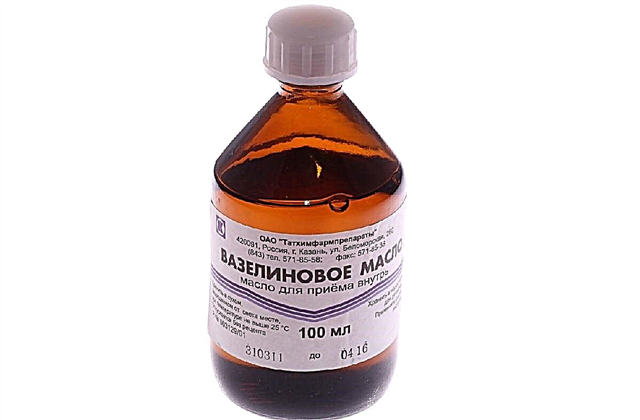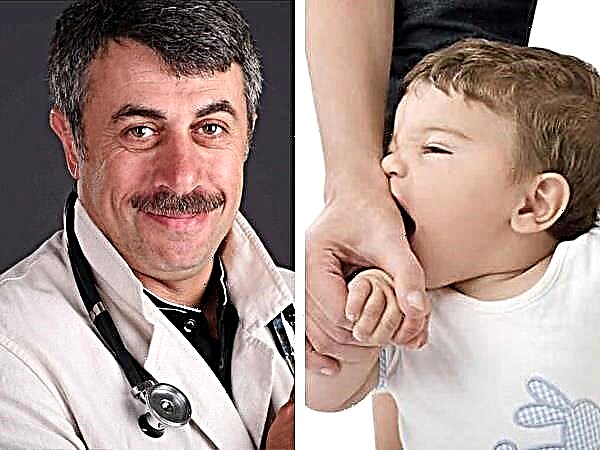
If a child is sick, it is very important to distinguish a viral infection from a bacterial one in time, because they require a different approach to treatment and mistakes in therapy can be expensive. The final diagnosis, of course, remains with the doctor, but parents must have at least basic knowledge in order to be able to provide the child with first aid on time. How to distinguish a viral infection from a bacterial one, we will tell in this material.


The main differences
The main difference between a viral illness and a bacterial one lies in the causative agent of the disease itself. Viral diseases are caused by viruses, bacterial diseases by bacteria. With regard to childhood diseases, especially during the cold season, the most common are viral ailments - influenza, ARVI. The famous pediatrician Yevgeny Komarovsky claims that 95% of all cases of childhood morbidity with respiratory and general manifestations (runny nose, cough, fever) are exclusively of viral origin.
- Viruses cannot exist anywhere and anyway, they are quite capricious in their choice of location. Usually, each of the viral infections has its own localization, its own place of replication of the pathogen virus. With influenza, the corresponding virus in the first stage only infects the cells of the ciliated epithelium of the upper respiratory tract, with hepatitis - only liver cells, with rotavirus infection, the pathogen is activated exclusively in the small intestine.
- Bacteria are less whimsical. They begin to multiply where there is already a defeat. When a cut is made, the wound begins to fester, when bacteria enter the larynx, if the integrity of the mucous membranes is broken, a strong purulent inflammation of the pharynx and larynx begins, for example, with bacterial sore throat. The bacterium can spread throughout the body, "settling" where the local immunity is reduced.

- Often, a bacterial infection is a complication of a viral infection. If at first the child fell ill with the flu, and a few days after a slight improvement he became very ill again, it is possible that the immunity, greatly weakened by the fight against the virus, "overlooked" the activation of the pathogenic bacterium, and a bacterial complication began. The younger the child, the weaker his immune defense, the more likely complications of a viral infection may occur. Improper treatment also increases the chances of complications.
- A virus, infecting a child, always causes the production of specific antibodies in his body... Antibodies to bacteria are also produced, but they are not persistent. That is why some viral ailments children get sick only once in their life, for example, chickenpox. You can get sick with bacterial infections how many times, how many times the infection will occur.
- Viruses and bacteria act differently in a child's body, and differential diagnostics is based on this difference. The virus destroys the cell affected by it, it cannot exist outside the cell. His task is to rebuild all the structures of the victim affected by him to fit his needs. The bacterium quite successfully exists outside the human body, it does not kill the cell, but only parasitizes on it, poisoning the child's body with the products of its vital activity - toxins. That is why, despite the superficial similarity, the symptoms of a viral disease differ from bacterial diseases.

Knowing the difference and being able to distinguish one from the other is necessary in order to properly approach the care and treatment of a child. Viral diseases can never, under any circumstances, be treated with antibiotics. Antibacterial drugs are ineffective against viruses and only increase the likelihood of severe complications.
For the treatment of a viral infection, there are drugs - antiviral, immunostimulating. And with a bacterial infection, antibiotics cannot be avoided.
Difference of symptoms
In order to understand how a viral disease differs from a bacterial one, parents need to carefully observe their child. The difference is already noticeable at the very initial stage.
- Most viral diseases have an acute onset. - the baby's temperature rises to high levels (38.0-40.0 degrees), he suddenly becomes ill. With the flu, the nose usually remains dry, with other acute respiratory viral infections, one of the first signs is liquid nasal mucus. This condition is said to be "runny from the nose."


- Bacterial rhinitis (rhinitis) differs in color, consistency and odor... Snot with such a cold has a thick consistency, green or dark yellow color, sometimes with blood streaks, an unpleasant smell of pus. The onset of a bacterial disease does not differ in severity and sharpness. Usually, the temperature does not rise immediately, but gradually, but gradually it can reach high values, but more often it has a subfebrile long-term nature, the state of health also gradually worsens.
- With a viral infection, the general condition is disrupted literally from the first hours of the illness... There are signs of intoxication, muscle and joint pain, severe headache, sometimes nausea and vomiting against a background of high fever. With a bacterial disease, the area of discomfort is usually localized quite clearly. If bacteria hit the throat, angina is observed, if they get into the eyes, conjunctivitis, if the lungs are pneumonia. The bacteria can cause meningitis, severe bronchitis.
- The incubation period is also different... Viral infections develop in the body after infection in a few hours or a couple of days, and bacteria need about 10 days or two weeks to "get used to", multiply in sufficient quantities and begin to release a large amount of toxins.

- Almost any viral "sore" goes away on its own in 3-6 days in the absence of complications... With bacterial ailments you will have to "tinker", without a course (or even several courses) of antibiotics usually cannot be done, the recovery is delayed.
- Among the people, the symptoms of acute respiratory viral infections, acute respiratory infections, flu and bacterial rhinitis or tonsillitis are very often called the single word "cold". This is wrong. A cold is nothing more than a weakening of the child's immunity, which became possible as a result of hypothermia of the body. A cold may well precede a viral or bacterial infection, but it is not considered an independent disease. A cold from a virus or bacteria can be distinguished by the absence of fever, acute catarrhal symptoms.
The only reliable way to distinguish one from the other, and at the same time to find out which viruses or bacteria have affected the child, is laboratory diagnostics. Analysis of blood, urine, throat and nasal swabs is a sufficient basis for laboratory determination of either viral particles and antibodies or specific bacteria in them.


You can learn more about the difference between a viral infection and a bacterial infection from the lips of specialists further.



